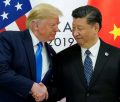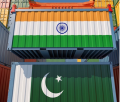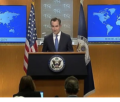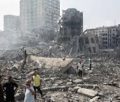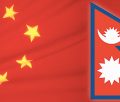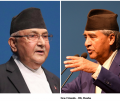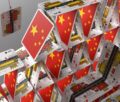Forced Uyghur labour manufcturing building materials: New Study
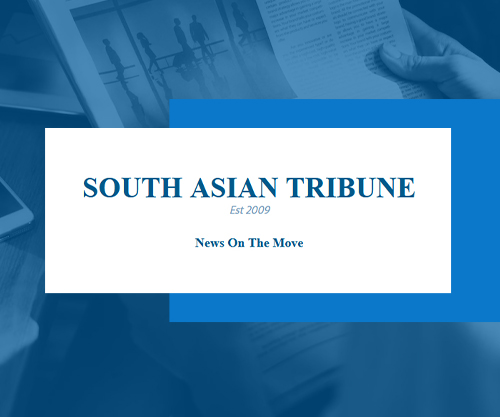
The Uyghur Region is being used as a source of cheap labour and cheap coal, and also as a dumping ground for the most hideous of environmental hazards, says a new investigative study.
The report released this month is a collaboration between the Helena Kennedy Centre for International Justice at Sheffield Hallam University and Material Research.
The following are the findings:
- the Uyghur Region has become a world leader in the production of PVC plastics, accounting for 10% of the world’s PVC.
- The two largest PVC manufacturers in China are both state-owned enterprises based in the XUAR:
– Xinjiang Zhongtai Chemical (2.33 million tons per year, from four locations)
– Xinjiang Tianye (1.4 million tons capacity per year, from one location). - All of the Uyghur Region’s PVC companies have been active participants in the XUAR’s notorious labour transfer programs.
- Those companies export to 73 intermediary manufacturers, who then export PVC-based building materials to at least 158 companies worldwide.
The authors, Prof Laura T. Murphy, Jim Vallette and Nyrola Elimä, say the abuse of human labour and the environment in the XUAR has significantly reduced the price of manufacturing PVC and thus of manufacturing luxury flooring worldwide.
Their research on Zhongtai Group alone revealed:
Zhongtai Group has transferred more than 5,000 citizens deemed to be surplus laborers,” according to its own reports—more than perhaps any other company described in academic or journalistic accounts of labour transfers in the XUAR.
Zhongtai runs ideological and vocational training schools that have trained thousands of rural farmers to become compliant factory laborers.
Despite significant mechanization, Zhongtai continues to bring in transferred low-skill laborers who work directly in the production of the PVC and their other products.
The Murphy – Vallette – Elimä study shows that environmental damage created by these companies is devastating
The Uyghur Region is one of the very few places on earth where the most extraordinarily hazardous methods of PVC manufacturing are allowed to persist.
The seven Uyghur Region-based PVC plants’ estimated air emissions are equal to more than half of the air releases of mercury (14.8 tons) reported in all manufacturing in all of the United States in 2020.
PVC plants have been built in the Uyghur Region in part to take advantage of the extraordinary coal resources in the region. As a result of basing manufacturing on dirty coal, PVC plants in XUAR, running at full capacity, will release an estimated 49 million tons of global warming gases, each producing more than any other similar plant.
“Through these abusive practices, Uyghur forced labour makes its way into our homes, schools, and hospitals, serving as the very literal foundations upon which we work and play”, say the authors.
And add: “PVC is not alone on these counts. Uyghur forced labour also makes its way into the food we eat, the computers we work on, the toys we play with, the clothes we wear”.
Their report provides a road map for understanding the violations occurring in the Uyghur Region and for identifying how the products of those abuses pervade supply chains. It also presents a map that shows all PVC production sites in the Uyghur Region, as well as the supply chains that are at greatest risk of sourcing from XUAR PVC.
“We believe that this report is an urgent wake-up call not only to the building materials sector, but to the vast array of industries and companies that have not yet committed to doing the due diligence necessary to identify their supply chain connections to the Uyghur region and the forced labor that is endemic there,” Laura Murphy was quoted as saying in an email.
……………………
-
Book Shelf
-
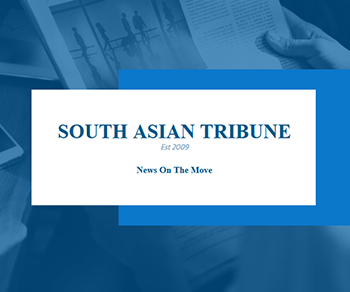 Book Review
DESTINY OF A DYSFUNCTIONAL NUCLEAR STATE
Book Review
DESTINY OF A DYSFUNCTIONAL NUCLEAR STATE
- Book ReviewChina FO Presser Where is the fountainhead of jihad?
- Book ReviewNews Pak Syndrome bedevils Indo-Bangla ties
- Book Review Understanding Vedic Equality….: Book Review
- Book Review Buddhism Made Easy: Book Review
- Book ReviewNews Elegant Summary Of Krishnamurti’s teachings
- Book Review Review: Perspectives: The Timeless Way of Wisdom
- Book ReviewNews Rituals too a world of Rhythm
- Book Review Marx After Marxism
- Book Review John Updike’s Terrorist – a review
-
-
Recent Top Post
- NewsTop Story Record Pentagon spending bill and America’s hidden nuclear rearmament
-
 NewsTop Story
Taliban Suffers Devastating Blow With Killing Of Minister
NewsTop Story
Taliban Suffers Devastating Blow With Killing Of Minister
-
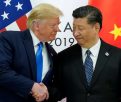 China NewsCommentaries
Reality Shadow over Sino-American ties
China NewsCommentaries
Reality Shadow over Sino-American ties
-
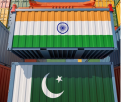 CommentariesNews
Ides of trade between India and Pakistan
CommentariesNews
Ides of trade between India and Pakistan
-
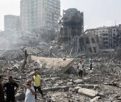 CommentariesTop Story
Palestinians at the cross- roads
CommentariesTop Story
Palestinians at the cross- roads
-
 CommentariesTop Story
While Modi professes concern for the jobless, “his government’s budget escalates class war”
CommentariesTop Story
While Modi professes concern for the jobless, “his government’s budget escalates class war”
-
 CommentariesNews
Politics of Mayhem: Narrative Slipping from Modi ….?
CommentariesNews
Politics of Mayhem: Narrative Slipping from Modi ….?
-
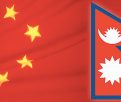 Commentaries
Impasse over BRI Projects in Nepal
Commentaries
Impasse over BRI Projects in Nepal
-
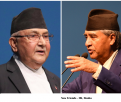 CommentariesNews
Yet another Musical Chairs in Kathmandu
CommentariesNews
Yet another Musical Chairs in Kathmandu
-
 CommentariesTop Story
Spurt in Anti-India Activities in Canada
CommentariesTop Story
Spurt in Anti-India Activities in Canada
AdSense code




